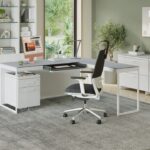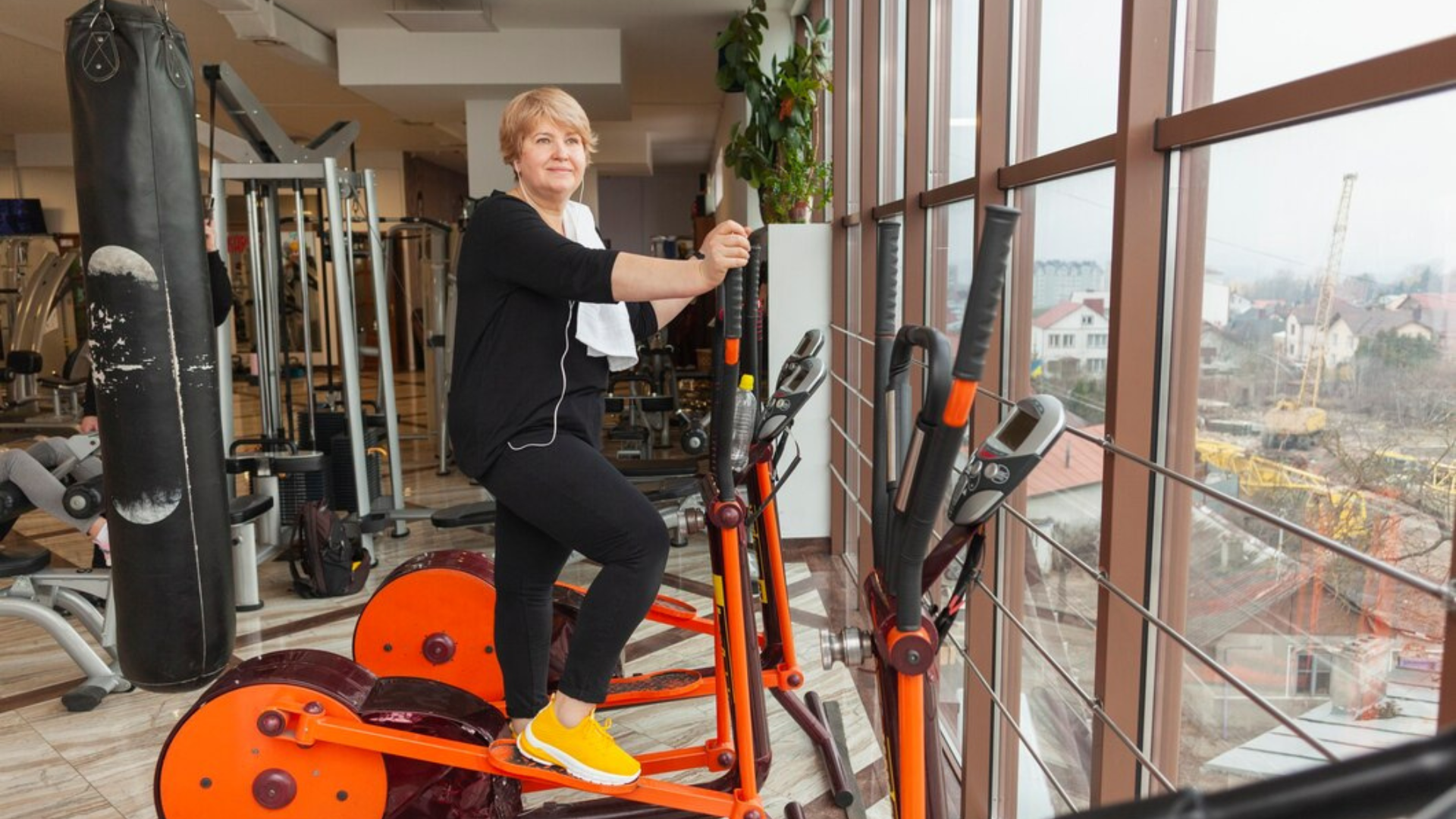In today’s fast-paced world, finding time to hit the gym can be challenging. But what if the gym could come to you? Building a home gym is a convenient and cost-effective way to stay fit without leaving your house. Whether you’re a fitness enthusiast or someone looking to start a new workout routine, setting up a home gym can be a game-changer.
In this comprehensive guide, we’ll walk you through everything you need to know about building your dream home gym. From selecting the right equipment to optimizing your space, we’ve got you covered. By the end of this article, you’ll have all the information you need to create a personalized workout haven that meets your fitness goals.
Build a Home Gym?
Convenience at Your Doorstep
One of the most significant benefits of having a home gym is the convenience it offers. No more commuting to the gym, waiting for machines, or dealing with crowded spaces. Your gym is open 24/7, and you can work out whenever it suits you best. This flexibility makes it easier to stick to a regular exercise routine.
Cost-Effective in the Long Run
While setting up a home gym requires an initial investment, it can save you money in the long run. Monthly gym memberships can add up, and over time, your home gym will pay for itself. Plus, you’ll have complete control over your equipment and won’t have to worry about maintenance fees or hidden charges.
Personalization and Privacy
Having a home gym means you can tailor it to your preferences and fitness goals. Whether you prefer weightlifting, cardio, or yoga, you can create a space that suits your needs. Additionally, you’ll have the privacy to work out without feeling self-conscious.
Choosing the Right Space
Assessing Your Available Space
Before you start buying equipment, it’s essential to assess the available space in your home. Whether you have a spare room, a garage, or just a corner in your living room, knowing your dimensions will help you choose the right equipment. Measure the area and keep these measurements handy when shopping for gym gear.
Creating a Functional Layout
A well-thought-out layout is crucial for maximizing your workout space. Consider dividing the area into different zones for various types of exercises. For example, you could have a section for cardio, another for strength training, and a corner for stretching and yoga. This organization will make your workouts more efficient and enjoyable.
Lighting and Ventilation
Good lighting and ventilation are essential for a comfortable workout environment. Natural light is ideal, but if that’s not possible, invest in bright, energy-efficient lighting. Proper ventilation will keep the air fresh and prevent overheating. Consider adding fans or even an air purifier to improve air quality.
Essential Equipment for Your Home Gym
Cardio Machines
Cardio is a crucial component of any fitness routine. Depending on your preferences and space, consider adding one of the following machines: treadmill ,stationary bike, elliptical, rowing machine
Strength Training Equipment
Strength training helps build muscle, improve bone density, and boost metabolism. Essential strength training equipment includes: dumbbells in various weights , ketttebells, resistance bands , adjustable bench ,barbell and weight plates
Flexibility and Recovery Tools
Don’t forget to include equipment that aids in flexibility and recovery. These tools will help you prevent injuries and improve overall mobility: yoga mat , foam roller, stretching bands , stability ball
Advanced Equipment Options
Multi-Functional Machines
If you have the space and budget, multi-functional machines can be a great addition to your home gym. These machines offer a variety of exercises in one piece of equipment, saving space and providing versatility.
Specialized Equipment
For those with specific fitness goals, specialized equipment can enhance your workouts. Consider adding items like: pull up bar ,medicine balls ,battle ropes, plyometric boxes
Tech Gadgets and Accessories
Incorporating technology into your home gym can elevate your workout experience. Consider investing in: fitness tracke smart mirror, virtual traning program ,bluetooth speakers
Setting a Budget
Calculating Your Initial Investment
Setting a budget is crucial before starting your home gym project. Make a list of all the equipment you need and research their prices. Don’t forget to factor in additional costs like flooring, mirrors, and storage solutions.
Prioritizing Essential Equipment
If you’re on a tight budget, prioritize essential equipment first. Start with basic items like dumbbells, a yoga mat, and resistance bands. You can always add more advanced equipment as you go.
Exploring Second-Hand Options
Second-hand equipment can be a cost-effective way to build your home gym. Check online marketplaces, local classifieds, and garage sales for deals on gently used gym gear. Just make sure to inspect the equipment thoroughly before purchasing.
Maintaining Your Home Gym
Regular Cleaning and Maintenance
Keeping your gym clean and well-maintained is essential for safety and longevity. Wipe down machines and mats after each use, and deep clean the area regularly. Lubricate moving parts on machines and check for wear and tear.
Organizing Your Equipment
An organized gym is more inviting and functional. Invest in storage solutions like racks, shelves, and bins to keep your equipment tidy. Labeling sections and storing similar items together will make it easier to find what you need.
Updating and Upgrading
As you progress in your fitness journey, you may find the need to update or upgrade your equipment. Keep an eye on new trends and products in the fitness industry. Adding new gear can keep your workouts fresh and exciting.
Safety Tips for Your Home Gym
Proper Form and Technique
Using proper form and technique is crucial to prevent injuries. If you’re new to exercising, consider hiring a personal trainer or using online tutorials to learn the correct techniques. Start with lighter weights and gradually increase as you become more comfortable.
Warm-Up and Cool Down
Always begin your workouts with a warm-up and end with a cool-down. Warming up prepares your muscles for exercise and reduces the risk of injury. Cooling down helps your body recover and prevents muscle soreness.
Emergency Preparedness
It’s essential to be prepared for emergencies, especially if you’re working out alone. Keep a first aid kit in your gym and make sure your phone is nearby in case you need to call for help. Familiarize yourself with basic first aid procedures.
Creating a Motivating Environment
Music and Audio
Music can be a powerful motivator during workouts. Create playlists with your favorite songs or use streaming services that offer workout mixes. Consider adding a Bluetooth speaker or headphones for immersive sound.
Inspiring Decor
Decorate your home gym with inspiring quotes, posters, and artwork. Choose colors that energize you and make the space inviting. Adding mirrors can also create the illusion of a larger area and help you monitor your form.
Workout Companions
If possible, invite friends or family members to join your workouts. Having a workout buddy can make exercising more enjoyable and keep you accountable. You can also join virtual workout communities for support and motivation.
Tracking Your Progress
Setting Goals
Setting clear and achievable fitness goals is essential for staying motivated. Whether you want to lose weight, build muscle, or improve endurance, having specific goals will guide your workouts. Write down your goals and review them regularly.
Using Fitness Apps
Fitness apps can help you track your progress and stay on top of your workouts. Look for apps that offer workout plans, progress tracking, and motivational features. Many apps also sync with fitness trackers for real-time data.
Celebrating Milestones
Celebrate your achievements, no matter how small. Reaching milestones can boost your confidence and keep you motivated. Reward yourself with something special, like a new piece of equipment or a relaxing massage.
Final Thoughts on Building Your Dream Home Gym
Creating a home gym is an investment in your health and well-being. It offers the convenience, personalization, and privacy that traditional gyms can’t match. By following the steps outlined in this guide, you’ll be well on your way to building a functional and motivating workout space.
Remember, the key to success is consistency. Stay committed to your fitness goals, and enjoy the benefits of your home gym. For more tips and personalized advice, consider consulting with a fitness professional.
Start building your dream home gym today and take the first step towards a healthier, fitter you
Conclusion:
Building your dream home gym is an investment in your health, convenience, and long-term fitness journey. With thoughtful planning, you can design a space that is both functional and motivating, tailored to your personal goals and preferences. Whether you have a large area or a small corner to dedicate, choosing the right equipment, creating an environment that inspires, and focusing on your workout priorities will ensure that your home gym meets all your fitness needs. By taking this step, you’re not only making fitness more accessible but also creating a space that empowers you to stay consistent and committed to your wellness goals—right from the comfort of your own home.










